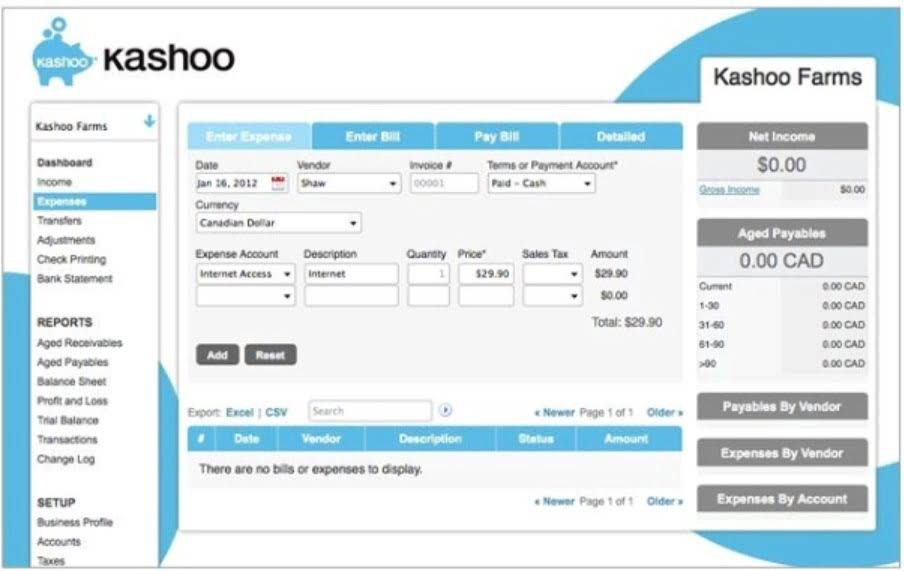
In the EU, a business with an employee headcount of fewer than 250 is classified as an SME. A business with a headcount of fewer than 50 is classified as small, and a business with a headcount of fewer than 10 is considered a micro-business. The European system also sets a €43 million limit for an SME’s balance sheet total (as opposed to limiting total revenue).
- July’s outage involving CrowdStrike provided a poignant reminder of just how dependent companies of all sizes are on their IT systems.
- The platform also points business leaders toward other resources, including training programs and networking events, that can inspire improvements and build SMEs’ confidence in their growth.
- In developing countries such as Kenya and India, small and midsize enterprises go by the acronym MSME, short for micro, small, and medium-size enterprises.
- DMB is a coalition of more than 60 public, private, and philanthropic organizations; Detroit-based business-support organizations; and civic-minded small-business entrepreneurs.
- Data and research show that middle-market companies can fund much of their growth through efficiency.
- They usually employ anywhere from 1500 to 2000 employees and make between $38.5 million and $1 billion in annual revenue.
Government venture-capital funds (GVCFs)

Second, BDC Venture Capital has been able to attract talented VC professionals. One of BDC’s latest strategies to attract talent has been the option to spin off internal funds to talented managers. In the 2018 strategy release, BDC announced the spin-off of the Information Technology Fund, letting the two medium business accounting partners comanaging the arm lead the new independent fund, Framework Venture Partners. That fund ultimately raised $100 million, half of which is matched by BDC Capital. The model provides a significant career opportunity for talented investors and bolsters the quality of the Canadian VC ecosystem.

Government Incentives
- In the 2018 strategy release, BDC announced the spin-off of the Information Technology Fund, letting the two partners comanaging the arm lead the new independent fund, Framework Venture Partners.
- Common types of SMEs include legal firms, dental offices, restaurants, and bars.
- Discover how different regions define an SME, and how your small or medium-sized company can play to its strengths.
- However, they aren’t always a group of struggling employees working in a basement.
- In addition to small and midsize companies, there are micro-companies, which employ up to 10 employees.
- It is difficult to neglect these segments in India; however, a highly urbanized country with a lower level of informality could have a more targeted approach and focus only on innovative start-ups and medium-size companies.
- First, take a look at all the improvisation and adaptation the pandemic provoked (“pivoting,” in the jargon du jour) to see what to keep, what to toss, and what to clean up.
The small and medium-sized companies in Mexico are called PYMEs, which is a direct translation of SMEs. The MiPyMEs are micro, small and medium-sized businesses, with an emphasis on micro which are one man companies or a type of freelance. Small and medium-sized enterprises (SMEs) or small and medium-sized businesses (SMBs) are businesses whose personnel and revenue numbers fall below certain limits. The abbreviation “SME” is used by international organizations such as the World Bank, the OECD, European Union, the United Nations, and the World Trade Organization (WTO). When it comes to tax reporting, the Internal Revenue Service (IRS) does not categorize businesses into SMEs. Instead, it separates small businesses and self-employed individuals into one group and midsize to large businesses into another.
What makes small and midsize enterprises (SMEs) different?
Meanwhile, the threshold for a small manufacturing business can be between 500 and 1,500 employees, depending on the company’s product. Many people in emerging economies find work in small and midsize enterprises. SMEs contribute roughly 50% of total employment and 40% of GDP in these countries, according to the Organisation for Economic Co-operation and Development (OCED).

The fund has made approximately 6,000 investments in start-ups and 722 investments in other funds to date, with total fund size growing from 1 trillion won (approximately $840 million) in 2009 to 4 trillion won in 2018. Companies must formally apply to the Growth Driver Program, providing information regarding their financial performance and internal skills and team capabilities along with the key growth challenges. If they are selected, they will be offered to invest money in the program to showcase commitment. The investment arm of BDC, BDC Venture Capital, shows that government VCs can be profitable while spurring economic development. A country such as India, for instance, has a low urbanization rate, with hundreds of millions of people employed in the informal sector or in small businesses in rural areas. It is difficult to neglect these segments in India; however, a highly urbanized country with a lower level of informality could have a more targeted approach and focus only on innovative start-ups and medium-size companies.
Credit-guarantee schemes

- Scale-up SG likewise begins with a “strategize” phase; over four months, companies work to align on growth priorities and develop and commit to a road map for growth and targets.35“Scale-up SG programme structure for inaugural run,” Scale-up SG, July 2019.
- EU member states have had individual definitions of what constitutes an SME.
- In China, SMEs make up 60% of the total GDP and account for 50% of the nation’s tax revenue.
- Look for opportunitiesto innovate beyond new products and/or new technology.
- A country such as India, for instance, has a low urbanization rate, with hundreds of millions of people employed in the informal sector or in small businesses in rural areas.
- The imperatives facing SMEs a few years ago have become more pronounced as the world shifts to the next normal, presenting both challenges and opportunities.
